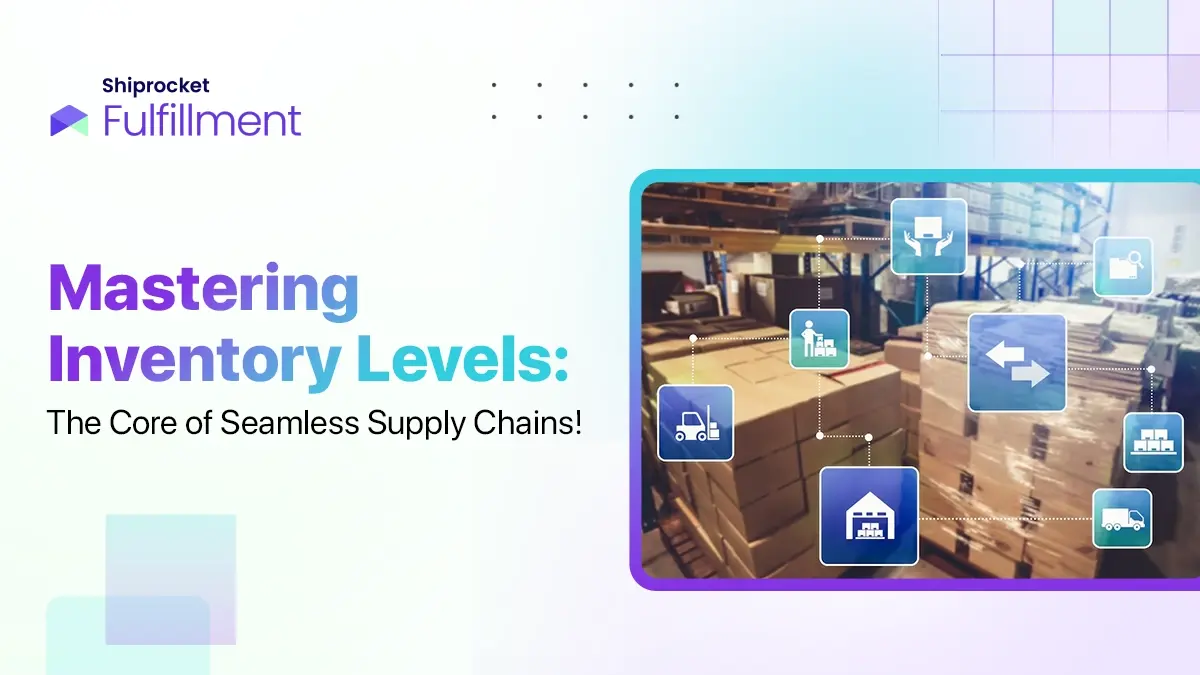
What is Inventory Levels in a Distribution Network?
Understanding and maintaining inventory levels is critical for effective logistics operations. Minimising stock shortages and excess inventory can significantly decrease the...

Importance of Inventory Management in the Business World: An In-Depth Analysis
The COVID-19 pandemic has changed the approach of business in managing operations, inventory management, sales, marketing and more. Inventory management saw...
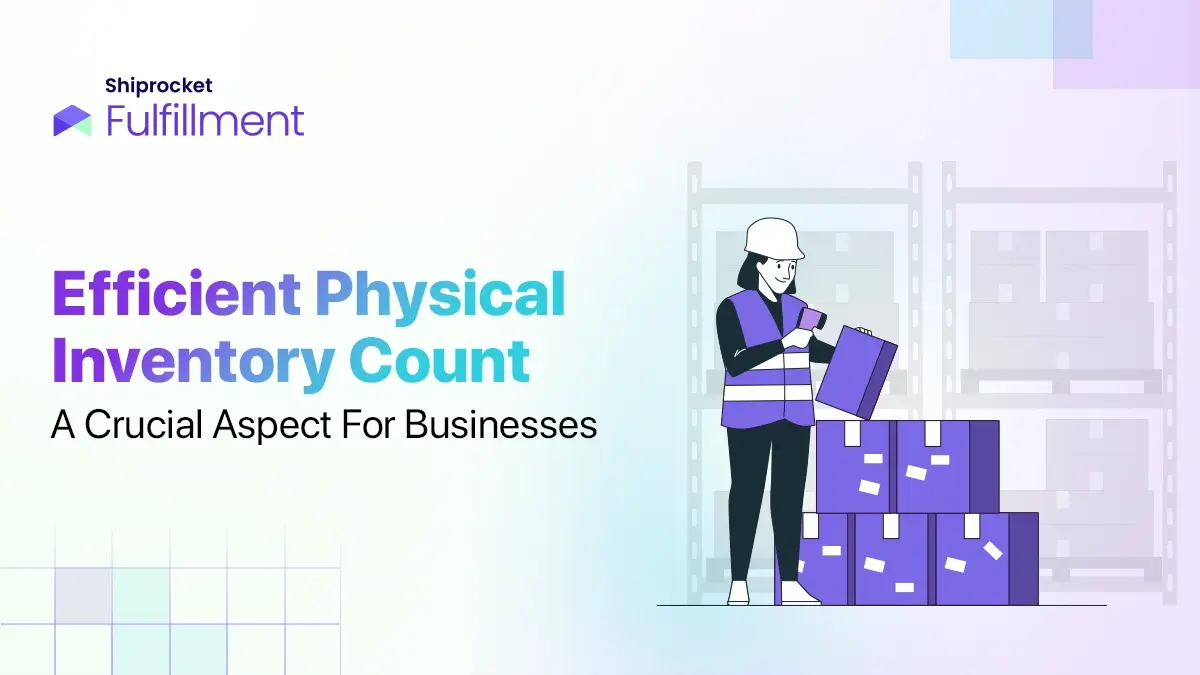
Physical Inventory Count: A Deep Dive into Managing Assets
Physical inventory refers to all the goods you have in stock in your shop, warehouses, or any other place you store...
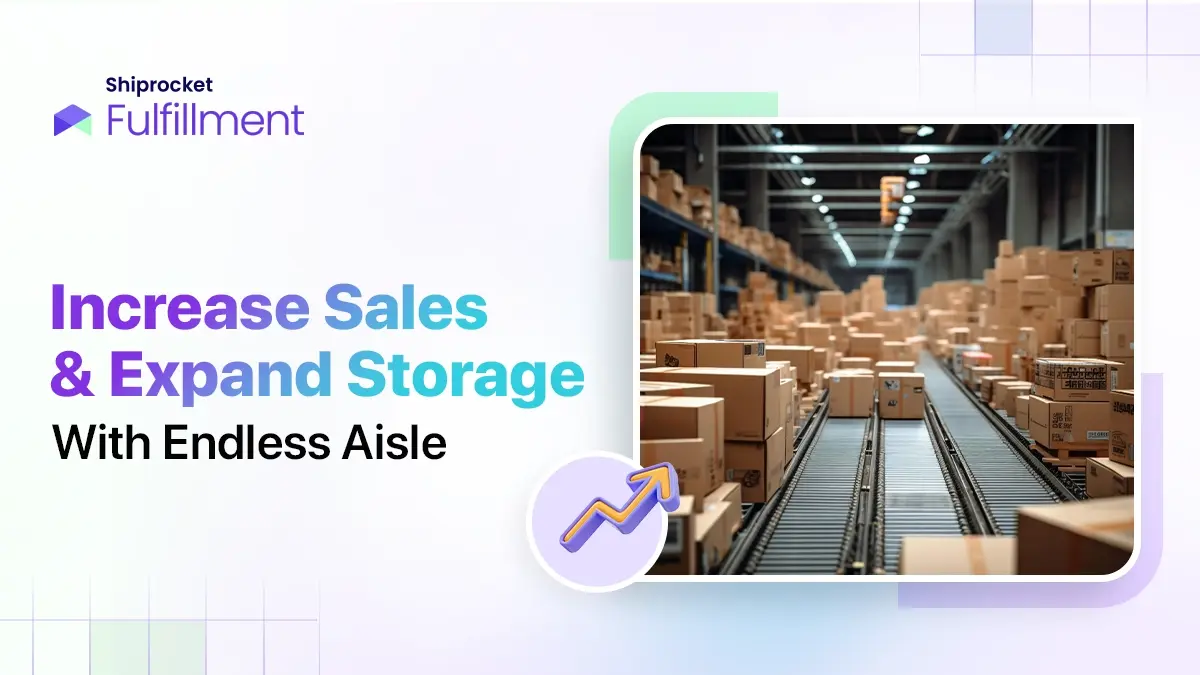
Endless Aisle Technique: Expand Your Inventory and Enhance Sales!
A change in market trends brings along new needs, requirements, and strategies for business models to adapt to the market. Most...
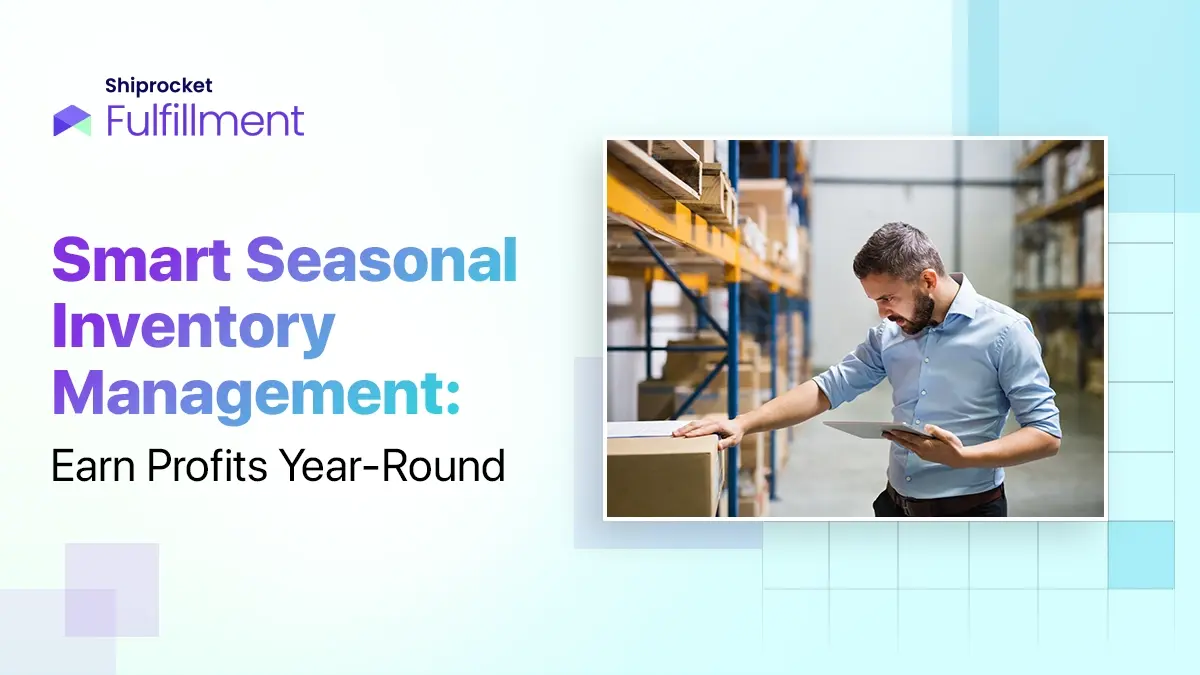
Planning Ahead: A Guide to Effective Seasonal Inventory Management
Seasonal products are always in high demand during the holidays, like Diwali or Christmas. From lights and candles to mistletoe, the...

Inside Myntra’s Logistics: A Deep Dive into Myntra PPMP Model
eCommerce has been a thriving business model in recent years. This is largely due to the evolution of online marketplaces into...
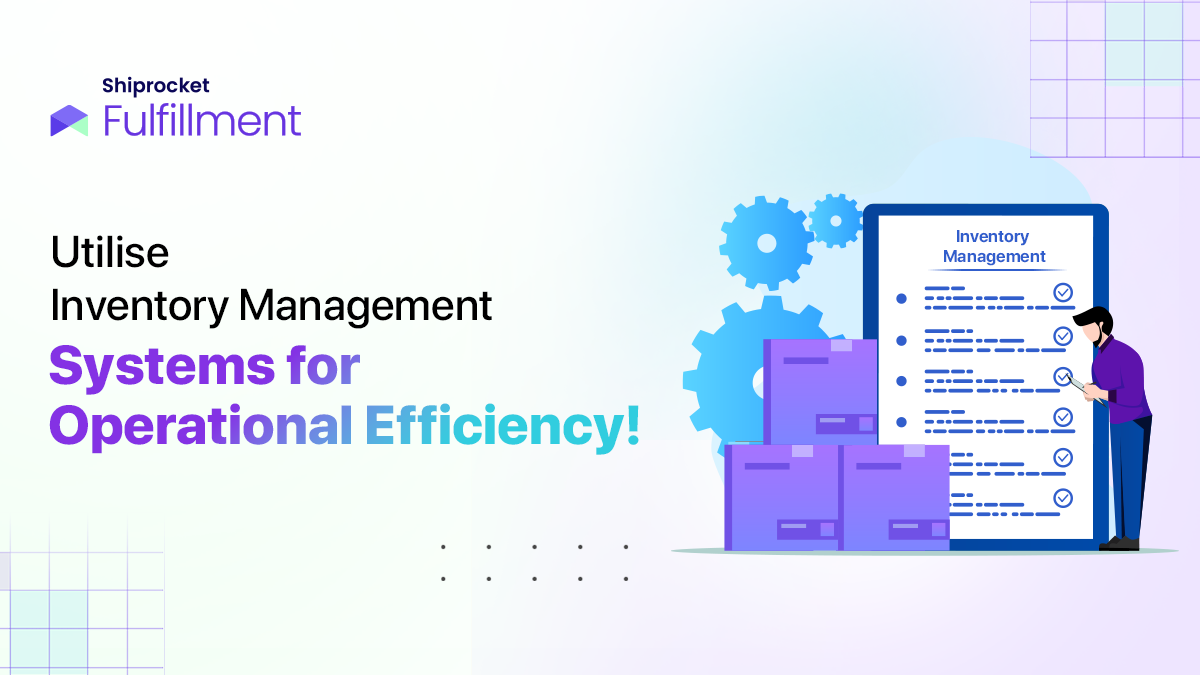
Understand the Purpose of Inventory Management Systems
A firm must employ inventory management to sustain a profitable and productive business. All sorts of production units, storage facilities, and...
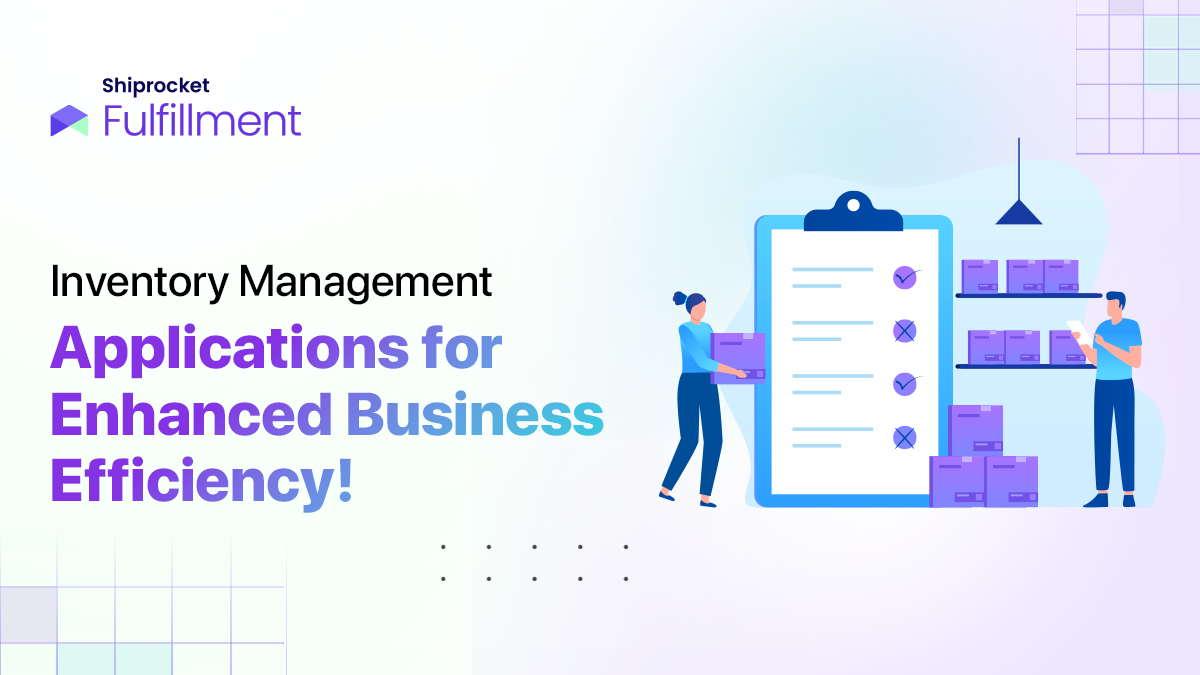
Top 15 Inventory Management Applications for Improved Business Efficiency in 2024
Effective inventory management is the backbone of any business and is critical for seamless operations. The worldwide inventory management software market...
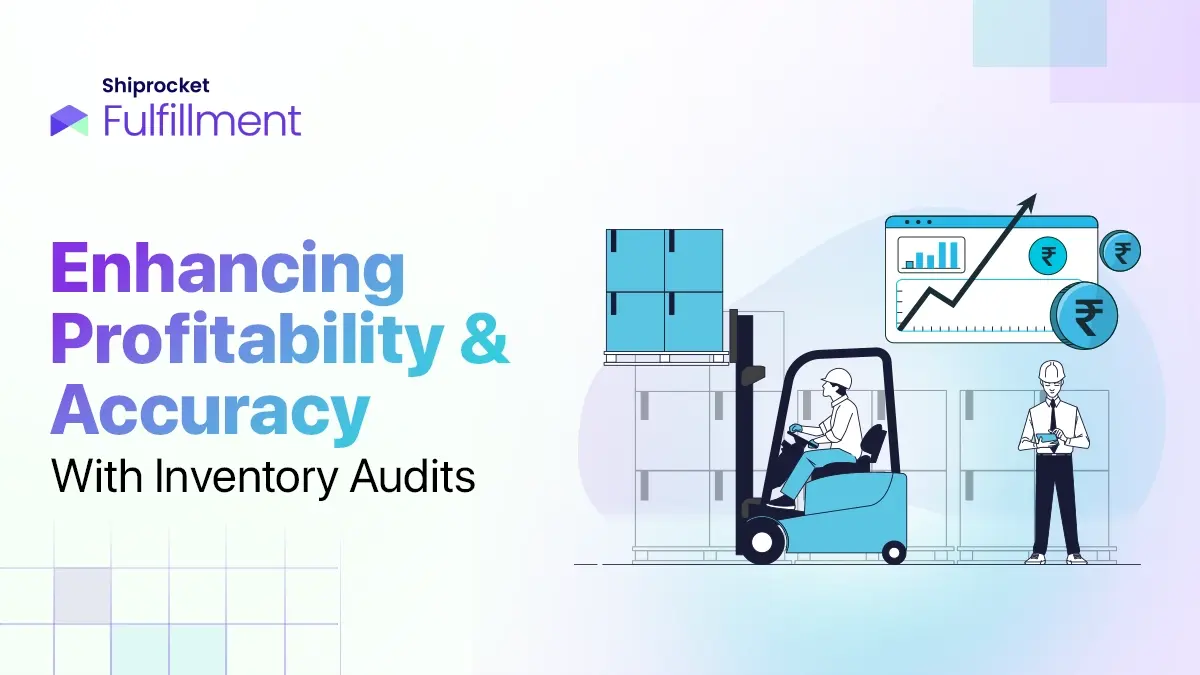
Inventory Audits Mastery: Best Practices
Audits are a way to check if every piece of your stock falls in place and is well-managed. Efficient inventory management...
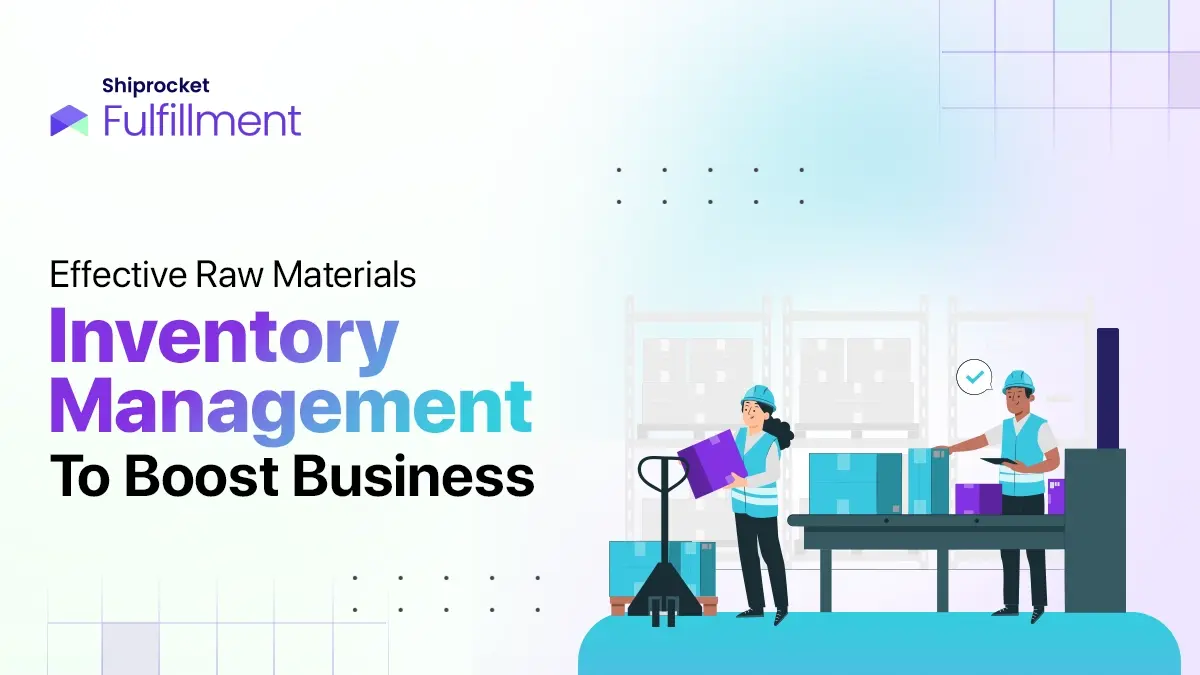
Raw Materials Inventory Mastery for Optimization
Raw materials form the basis of production processes across industries. Effective management of the raw materials inventory is thus vital for...
Get a callback from our expert within minutes
Trusted by Brands






